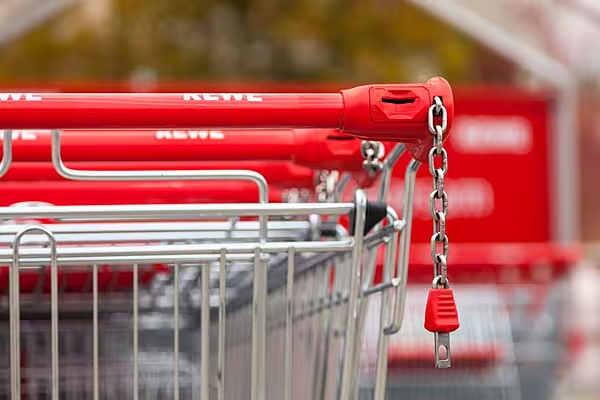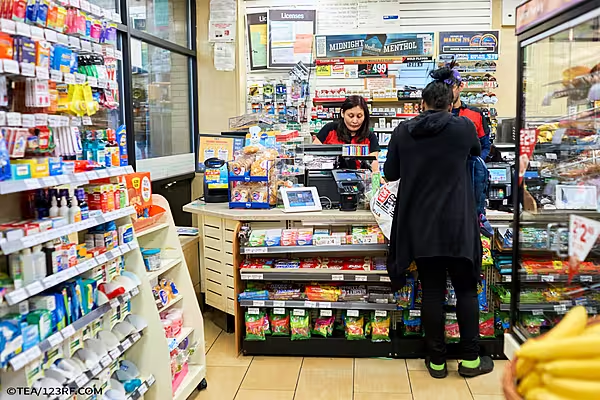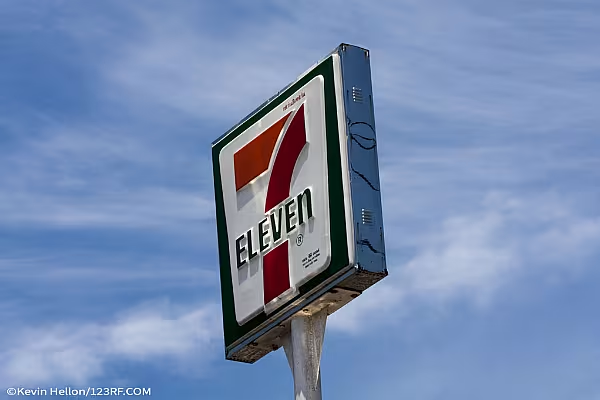The global convenience store market is expected to rise by 30% – the equivalent of US $1,109 billion (€990 billion) – over the next three years, accounting for a 22% share of all global retail spend by 2022, according to GlobalData, a leading data and analytics company.
Although convenience formats are still achieving impressive growth as a physical retail channel, they are still forced to compete against online delivery, according to GlobalData's report, Global Convenience Stores Retailing.
This creates demand for new concepts, to secure footfall in stores as others move online.
“Despite Russia’s Magnit and the UK’s Sainsbury’s exposure to the convenience market, their lacklustre like-for-like performances announced last week signal, among other flaws in their strategies and tough retail conditions, that even operating in a winning channel cannot safeguard footfall,” said Honor Strachan, a retail analyst at GlobalData.
“Sainsbury’s has identified the need to innovate, with the trial of its new Scan and Go convenience store opening in London this week, but this is far from the level of transformation we are seeing in Asia,” added Strachan.
Asia Pacific
Asia Pacific is the largest and fastest-growing region in the convenience market. Stores in the region are largely modernised, with the inclusion of the latest technology, GlobalData reported.
This creates different shopping habits, encouraging retailers to invest in the channel – and there is little reason not to, with a forecast CAGR of 10.6% over the 2017-2022 period.
Retailers in the region, such as Auchan Minute, BingoBox, 7-Eleven, FamilyMart and Lawson, are among those investing in modernised stores.
Cashier-less checkouts, smart shelves, personalisation, and automated payment options are all helping to reduce the impact of labour shortages and maximise efficiencies in the supply chain. However, it is still crucial that customers are willing to adopt the latest technology.
“In a bid to attract new customers and prevent shopper desertion as the market becomes more competitive, convenience retailers are also refurbishing stores to incorporate new ranges – fresh, organic, and free-from are all gaining shelf space – and include new concepts such as food service, mobile charging points, and online purchase collection desks to help drive footfall, average basket size, and customer satisfaction,” Strachan concluded.
“This will benefit sales densities and store profitability as space continues to get more expensive and margins come under pressure from inflation and discounting,” she furthered.
© 2019 European Supermarket Magazine – your source for the latest retail news. Article by Helen Galgey. Click subscribe to sign up to ESM: European Supermarket Magazine.














